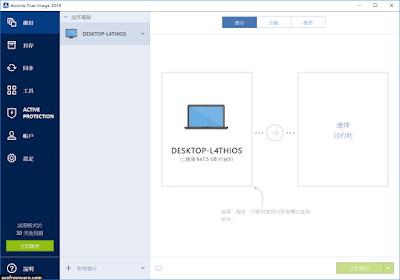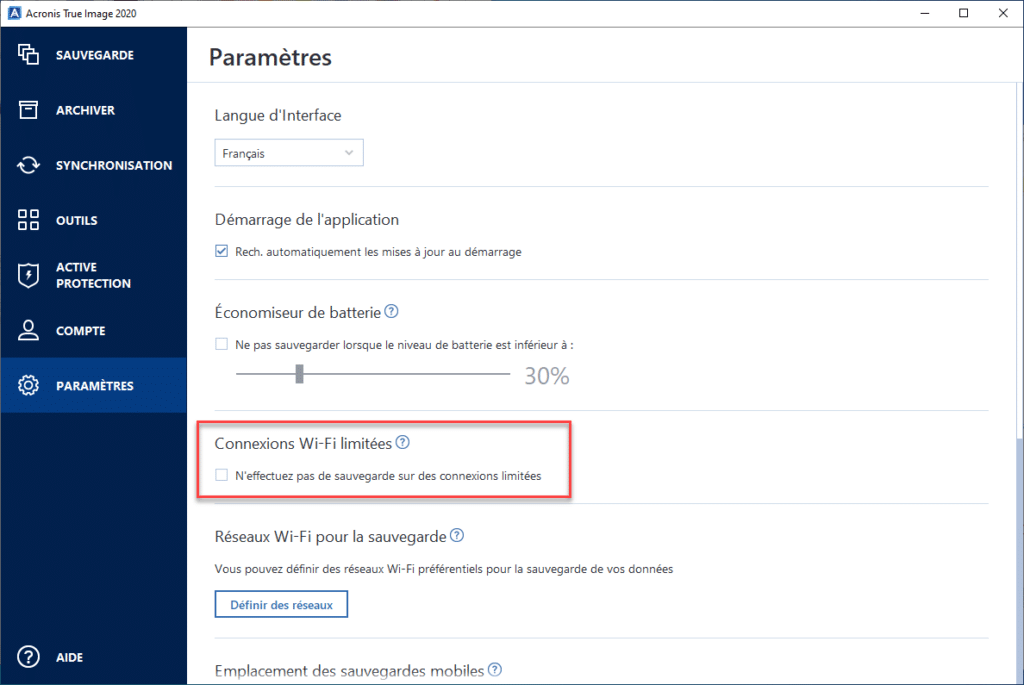

- #Acronis 2020 how to#
- #Acronis 2020 update#
- #Acronis 2020 full#
- #Acronis 2020 software#
The problem is it lacks flexibility if you back up individual files and folders. If you use Microsoft 365, your subscription includes a terabyte of OneDrive. There are a few options you might consider for cloud storage.

The best practice for backup is to store a copy in the cloud to keep a safe, off-site version that you can use if both your original files and local backup are destroyed by something like a fire or virus (if you keep your external hard drive connected).
#Acronis 2020 software#
That will allow you to encrypt the backup destination.įor greater security, it is worth noting that other backup software like Acronis True Image will automatically encrypt your files on your hard drive, in transit to backup destination (either the cloud or an external hard drive), and while in storage. If you want to keep your backup secure, using File History for your backup means you’ll also have to become familiar with Microsoft’s BitLocker app, which you can find in the start menu. Confirm your settings and then click on Start Backup.Then select the partitions you want in this image backup, or simply use the default.Once the setup wizard launches, assign the connected external drive as your backup destination.Click Create a System Image in the left panel.

Click on System Image Backup in the lower-left corner.Go to File History following the instructions above.
#Acronis 2020 full#
Now you are ready to create your full image backup. This is now the default, and while you can change the setting, it’s recommended to leave it as is to ensure automated, scheduled backups occur as planned. A list of available drives will appear, and you choose the external hard drive as the destination for your backup.Īt this point, the option Add a Drive has changed to Automatically Back Up My Files.
In the Backup section, click on the Plus symbol next to the Add a Drive option below Back Up Using File History. #Acronis 2020 update#
In the Settings window, click on Update & Security and then select Backup. Open the Start Menu and click on Settings. To get started, connect your external drive and then: To back up with Windows’ native tool, you’ll use File History. #Acronis 2020 how to#
How to do a full system backup in Windows 10. Windows 10 rescue media, either a USB or bootable DVD ( For information on using creating and using rescue bootable media, read this article). An external hard drive with enough storage space to fit your system image backup. An Administrator account, since you’ll be asked for an Administrator password. That is one of the biggest complaints against Windows 10’s native tool, but we’ll make it easy for you. Some of these tools were part of earlier editions of Windows, while one is new to Win10.īut if you can’t find how to make a full image backup, you’re not alone. TI-172086 After the second launch of a local disk backup with the "Version chain" scheme, Acronis True Image creates a differential backup instead of a full backup.Since backup is such a vital part of protecting your data, Microsoft has built a few tools into Windows 10 to help you create file-level and full system backups. TI-172340 The backup mounting option is not supported for the new backup format, *.tibx. TI-169548 Renaming local backups is not supported for the new backup format, *.tibx. TI-171553 Moving backups by using the Acronis True Image console is not available for the new backup format, *.tibx. TI-169821 Backup conversion to VHD format is not present for the new backup format, *.tibx. The technology is still being improved, so you might encounter the following limitations: Acronis True Image 2020 introduces a new technology for disk-level backup. Known issues and limitations of this version Acronis Active Protection does not turn on if its configuration file is damaged. Log in to the account fails if the computer lacks the respective SSL certificate.







 0 kommentar(er)
0 kommentar(er)
